If everything is fine and perfect things are practical. But in a way they are also a bit boring.
In the field of behavioral economics the
Peak–end Rule gives a complementary and well researched point of view about this problem. This rule says that it’s the last experience that sticks in the memory of people and not the average of the sum of all experiences.
What this means for us as Service Designers is that it’s ok to leave a few pain points if they are in the strategic sweet spot. What I call the strategic sweet spot for pain points to keep is the following. It’s when a pain point isn’t dramatic for the user, but needs a lot of investment by the service provider to be solved.




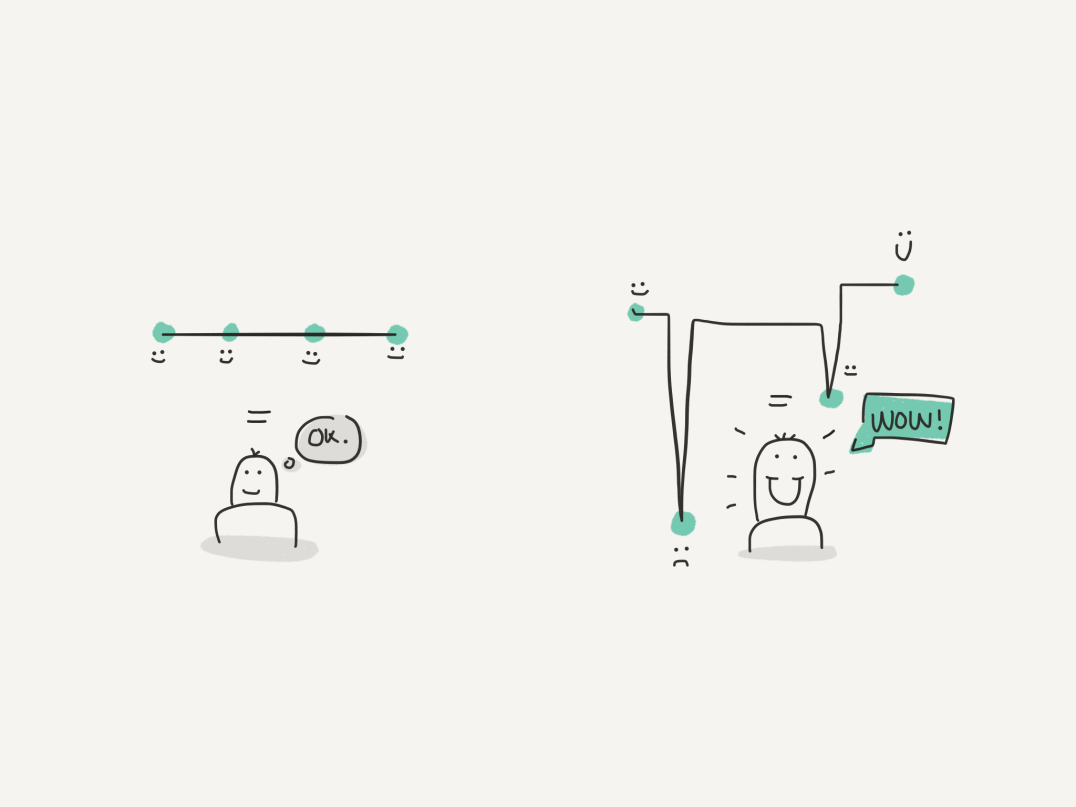
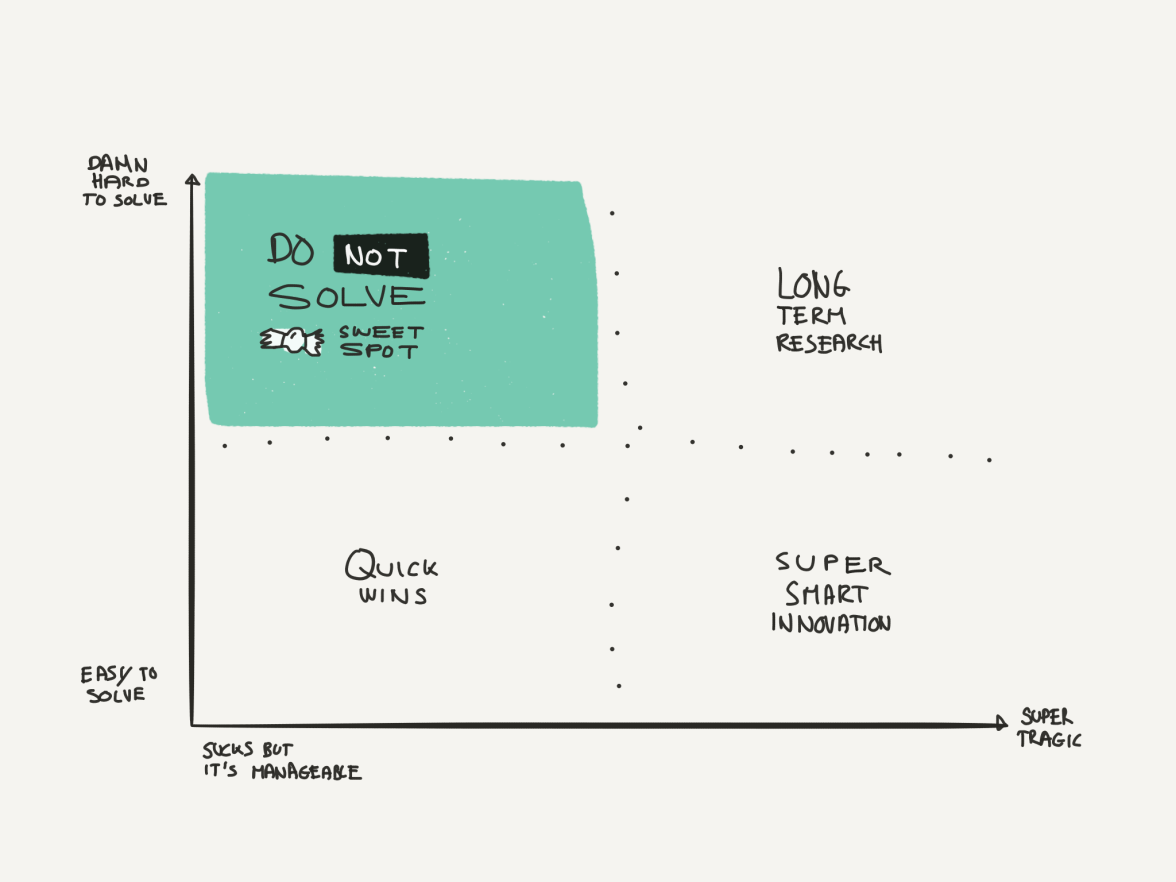
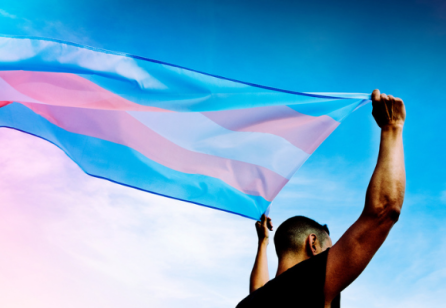
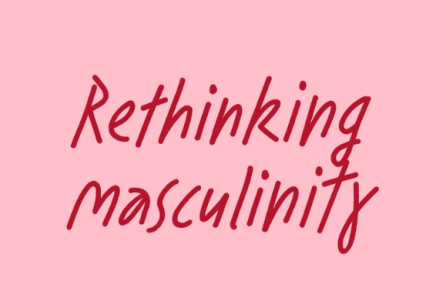
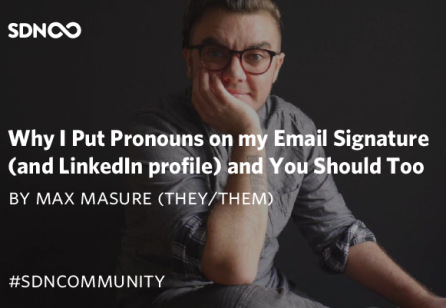

Share your thoughts
0 RepliesPlease login to comment